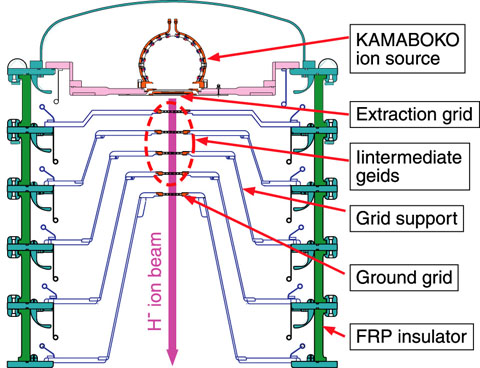
Fig.3-6 Cross-section of MeV accelerator for the development of ITER neutral beam injector (NBI)

Fig.3-7 Progress of MeV accelerator performance
In the ITER project, two sets of neutral beam injectors (NBI) are installed for plasma heating and for plasma current drive, and each set can deliver an injection power of 16.5 MW for 1 h. In the NBI, a D0 beam is injected into the fusion plasma after neutralizing high energy D- ion beam generated by the accelerator. By considering the geometrical losses and neutralization efficiency in the NBI system, the required beam current and beam energy are 40 A (200 A/m2) and 1 MeV respectively. To fulfill these requirements, we have developed the “MeV accelerator” (Fig.3-6) as a proof-of-principle accelerator for the ITER NBI at the MeV test facility in JAEA.
The MeV accelerator is a five stage electrostatic accelerator. The H- ions produced in a KAMABOKO ion source are extracted through the many apertures of the extraction grids. The extracted H- ions are then accelerated up to 1 MeV by applying a potential difference of 0.2 MV between the acceleration grids (overall 1 MV across the five stages).
Fig.3-7 shows the improvement in the performance of the MeV accelerator and also includes recently obtained data. In the previous accelerator till 2007, the energy and current density were limited to 0.8 MeV, and 140 A/m2, respectively, because of the insufficient capability for voltage holding. Many discharge marks were found in the interior of the accelerator after the high voltage test. It was found that these discharges start from the point where the local electric field strength is high, e.g., at a step and a corner in the grid support. To lower the electric field strength at these points, the MeV accelerator was modified by expanding the gaps among the grids. After these modifications, the capability for voltage holding improved, and the energy and current density increased to 0.86 MeV, and 160 A/m2, respectively. Furthermore, it was found that the H- ion beam is intercepted by the apertures in the grids, and this cause not only a decrease in the beam current but also discharges between the grids during high-energy beam acceleration. This interception of the H- ion beam is due to the beam deflection caused by the magnetic field and the space charge repulsion between adjacent beamlets. To compensate the beam deflection, a new grid system was designed based on a 3D beam trajectory analysis. Thus, the MeV accelerator achieved 980 keV, 185 A/m2, which are close to the required values for the ITER. We continue to further develop the NBI system to stably inject high power beams the plasma.